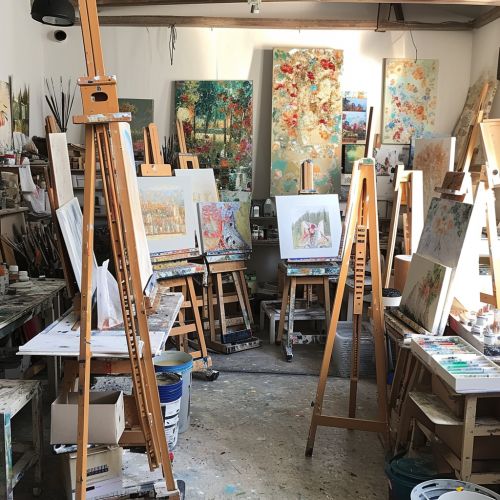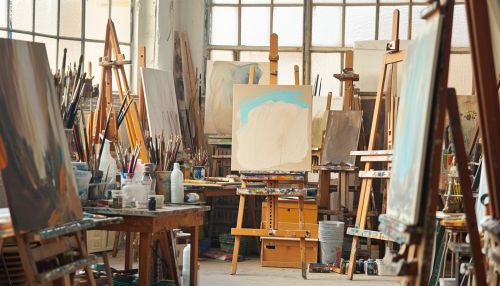Isaak Brodsky
Early Life and Education
Isaak Izrailevich Brodsky was born on January 6, 1884, in the small town of Sofiyivka, in the Russian Empire (now Ukraine). He was the youngest of five children in a poor Jewish family. His father, Israel Brodsky, was a merchant, while his mother, Raisa Brodsky, was a homemaker. Despite their limited means, his parents recognized and nurtured his artistic talent from a young age.
In 1896, at the age of 12, Brodsky moved to Odessa to study at the Odessa Art School. Here, he was taught by the renowned Russian artist, Kiriak Kostandi, who had a profound influence on Brodsky's early style. After graduating in 1902, he continued his studies at the prestigious Imperial Academy of Arts in Saint Petersburg, under the tutelage of the famous Russian painter, Ilya Repin.


Career and Artistic Style
Brodsky's career took off after his graduation from the Imperial Academy of Arts in 1908. His early works were primarily portraits and genre scenes, characterized by their realistic style and meticulous attention to detail. He became known for his ability to capture the essence of his subjects, whether they were ordinary citizens or high-ranking officials.
In 1911, Brodsky was awarded the title of Academician by the Imperial Academy of Arts for his painting "On the Boulevard," which depicted a typical scene of urban life in Saint Petersburg. This recognition marked the beginning of his rise to prominence in the Russian art scene.
With the advent of the October Revolution in 1917, Brodsky's style underwent a significant transformation. He became one of the leading proponents of Socialist Realism, a style of art that glorified the proletariat and the ideals of the Communist Party. His paintings from this period, such as "Lenin at Smolny" and "The Death of Lenin," are considered iconic examples of this genre.
Later Life and Legacy
In his later years, Brodsky held several prestigious positions in the Soviet art world. He was appointed as the director of the All-Russian Academy of Arts in 1934 and was also a member of the Union of Soviet Artists. Despite the political turmoil of the time, he continued to produce a large body of work until his death in 1939.
Brodsky's legacy in the art world is significant. His works are housed in many major museums around the world, including the State Russian Museum and the Tretyakov Gallery. His contribution to the development of Socialist Realism has also been widely recognized by art historians.
